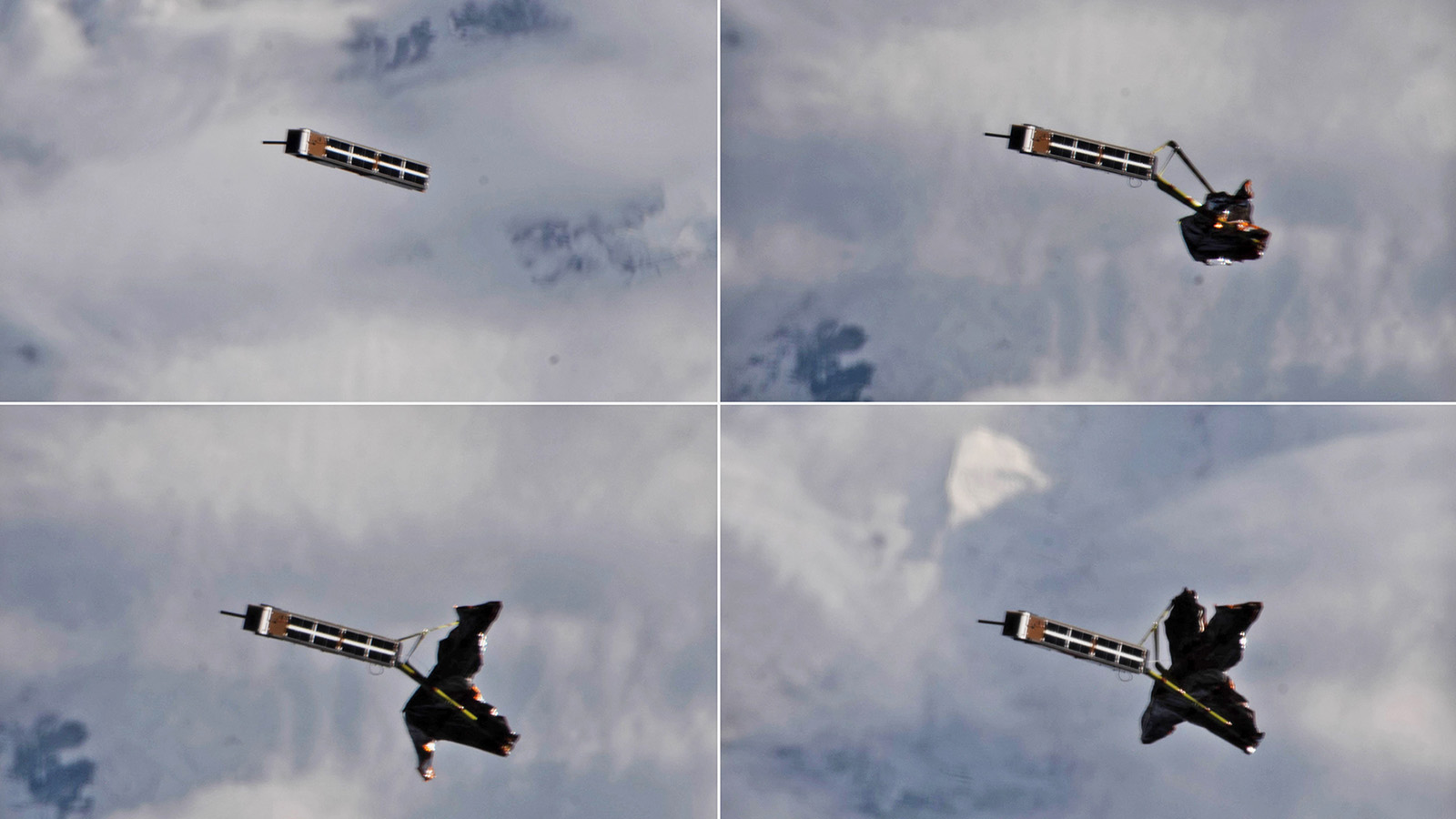Stay Up to Date
Submit your email address to receive the latest industry and Aerospace America news.
The Small Satellite Technical Committee works to advance the science and engineering of satellites, launch vehicles and ground systems to enable the development of small and highly capable spacecraft.
More than 1,100 small satellites were placed in orbit, and national governments and private investors increased their investments in the field this year.
Two small-satellite broadband constellations took concrete steps toward full operability. OneWeb emerged from bankruptcy protection in November 2020 and added 248 spacecraft to its network this year. SpaceX launched 889 Starlink spacecraft as of November, and its 1,800-spacecraft network achieved 90,000 subscribers.
Although those two companies were responsible for most of the small satellites launched this year, other constellations also started services or expanded their orbital fleets. Sixteen companies placed 160 of their own spacecraft into orbit, and 100 other small satellite missions were flown, covering a range of educational, scientific and technology-demonstration objectives.
In June, the U.S. Space Development Agency put its first spacecraft in orbit, the Laser Interconnect and Networking Communication System and Mandrake II missions. These technology demonstrators are intended to advance the SDA toward its goal of proliferated low-Earth orbit — hundreds or thousands of LEO spacecraft for data relay and detection. In July, the SDA issued a request for proposals for 150 more data-relay satellites.
There were also many mergers and acquisitions within the industry, especially through special purpose acquisition companies, SPAC. In July, the Earth-imaging companies Planet of California and Satellogic of Argentina announced plans to go public via mergers with SPACs. In August, the satellite-service company Momentus, based in California, completed its own SPAC merger and went public, as did the remote-sensing company Spire Global of Virginia. Also in August, SpaceX announced that it was acquiring Swarm Technologies, a California company that has fielded a low-data-rate store-and-forward constellation of 90 spacecraft.
Historically, small satellites take care of excess capacity on launch vehicles, reaching orbit as secondary payloads. The relatively low cost of being a secondary payload made space accessible, but this advantage was often offset by the constraints of the primary payload’s schedule and orbit. Small satellites now have the option of dedicated launches through small launchers such as Rocket Lab of California’s Electron, but increasingly, large launchers are manifesting many small satellites without a prime. In January, the SpaceX Transporter-1 dedicated small satellite launch carried a record 143 spacecraft into orbit, and Transporter-2 launched 85 payloads in June. But even on shared launches, new services are allowing small satellites to have customized orbits. Transporter-1 carried the Spaceflight Sherpa-FX 1 spacecraft tug, which in turn deployed 14 small satellites into specific orbits. Similarly, the D-Orbit ION-SCV 002 carrier was deployed from Transporter-1 and delivered eight Planet Doves and 12 Swarm Technologies SpaceBEEs to custom orbits.
The Small Satellite Mission of the Year was the TechEdSat-10 from NASA’s Ames Research Center in California. The 6-unit cubesat deployed from the International Space Station in July 2020 and demonstrated increased power capabilities and deployable tunable brakes before its reentry in March. The umbrella-like exo-brake increased the drag faced by the satellite, making it deorbit faster, but unlike typical drag sails, the amount of drag could be adjusted by altering the sail geometry. Such technology could not only help mitigate the orbital debris issue but could also provide a new targeted reentry method to sample return missions. TechEdSat-10 also hosted eight radios, four cameras and a virtual reality experiment.
Small satellites continued to be an effective means for universities and even nations to start their space programs. A dozen universities put their first spacecraft in orbit. In March, Tunisia’s first space mission, Challenge ONE, was launched. It will serve as a technology demonstrator for a planned commercial constellation.
Stay Up to Date
Submit your email address to receive the latest industry and Aerospace America news.




